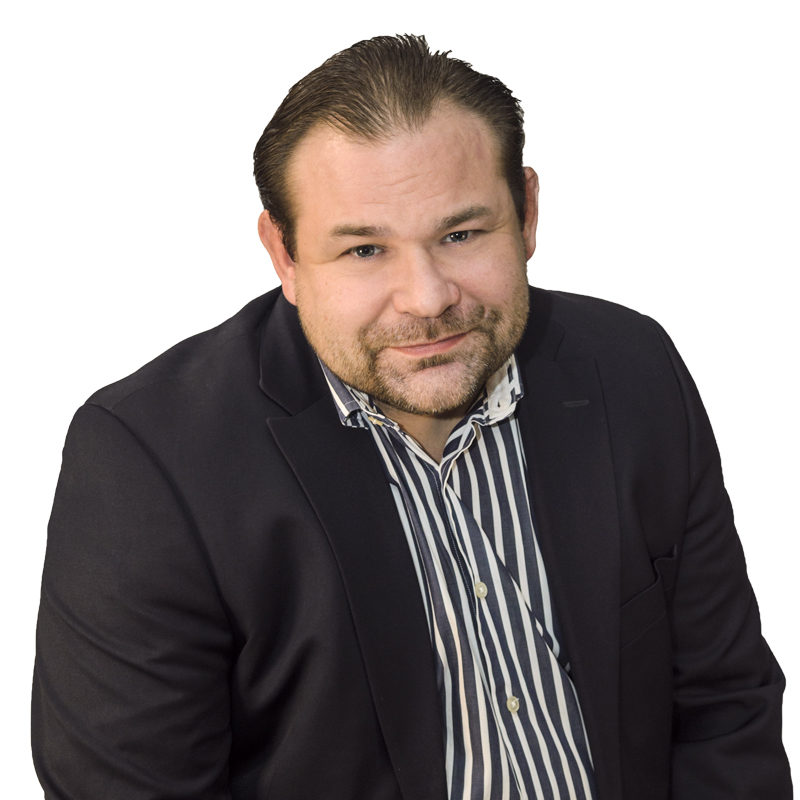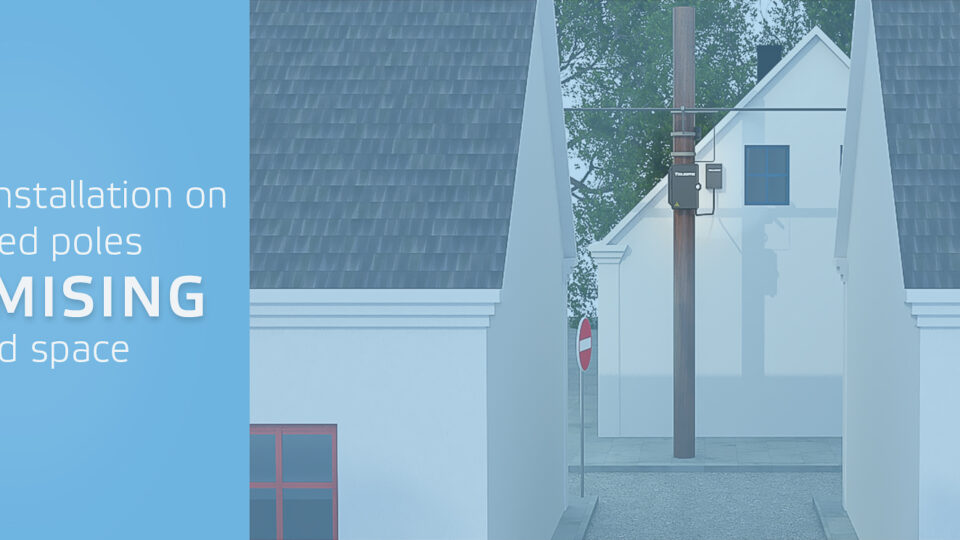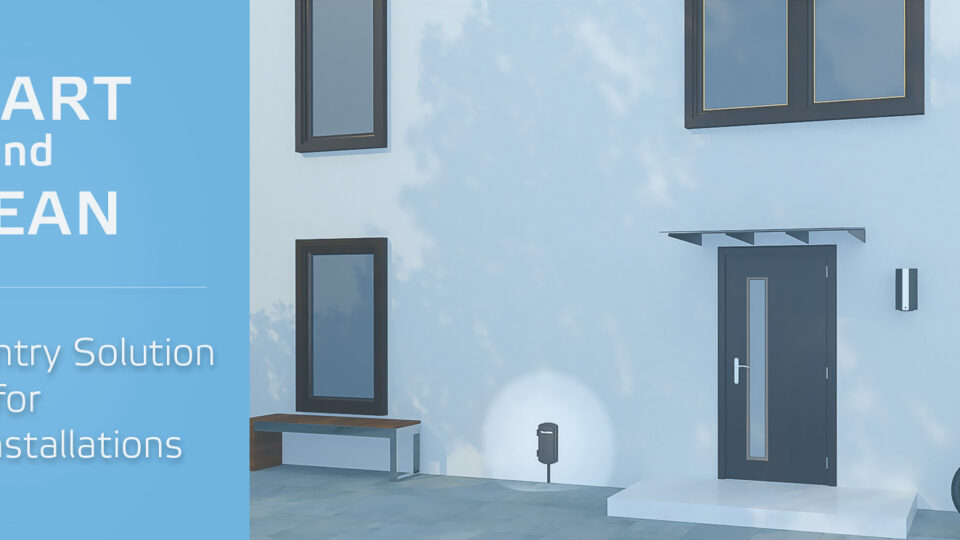
What is required from the 4K QAM headend?
DOCSIS® 3.1 introduces new modulation schemes, of which the most advanced is called 4K QAM. Transmitting and receiving advanced constellations while maintaining a decent Bit Error Ratio is not going to be easy. What does it actually require? How should headends be built to make 4K QAM a reality? Will CCAP make the building easier or more complex? And will the centralized DOCSIS architectures offer a similar level of performance than promised by distributed architectures?
These were the questions when we started our study. The comprehensive study is available on the following page but in case you simply want to know the key conclusions, a summary is given below:
- Even centralized DOCSIS architectures can support 4K QAM up to 1218 MHz if the headends are designed carefully.
- Short amplifier cascades are possible to manage if the headend passives and actives have considerably better CNR performance than the HFC access network.
- The easiest way to reach high CNR performance at the headend is to use optical transmitters to combine broadcast and narrowcast signals. Try to avoid active amplifiers and/or active combiners and splitters before optical transmitters; if the headend splitters/combiners contain amplifiers, their MER impact must be analyzed carefully.
- Partial CCAP implementations do not change isolation requirements and the same design principles apply as before partial CCAP implementations.
All these findings are described more precisely in the report. The report also identifies common misunderstandings and pitfalls that reduce headend performance. While many operators still think that RF passive and optical transmitter platforms at the headend should be tendered separately, our findings show the complete opposite. These platforms should be considered as forming one system. Otherwise, the performance of headends is not optimal and both platforms contain overlapping functions that increase cost and lower the reliability.
*CableLabs is the owner of the registered trademark DOCSIS
Arttu Purmonen
Arttu Purmonen
I joined Teleste in 1997 and engineered video processing and data transmission products. I have worked as engineer, project manager, product manager and business director but understanding customer perspective has always motivated me. It brought me to be responsible for system and technical marketing where my internal driving force and former experience can party together. See my LinkedIn.



